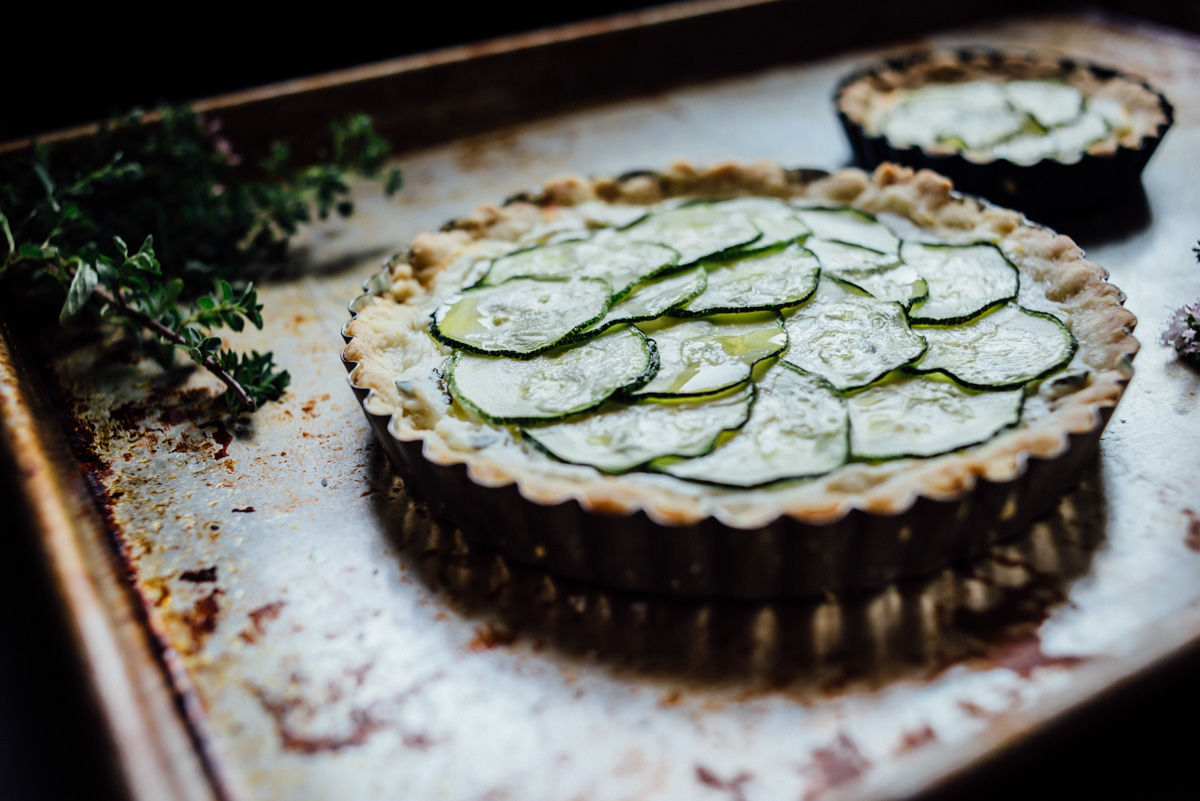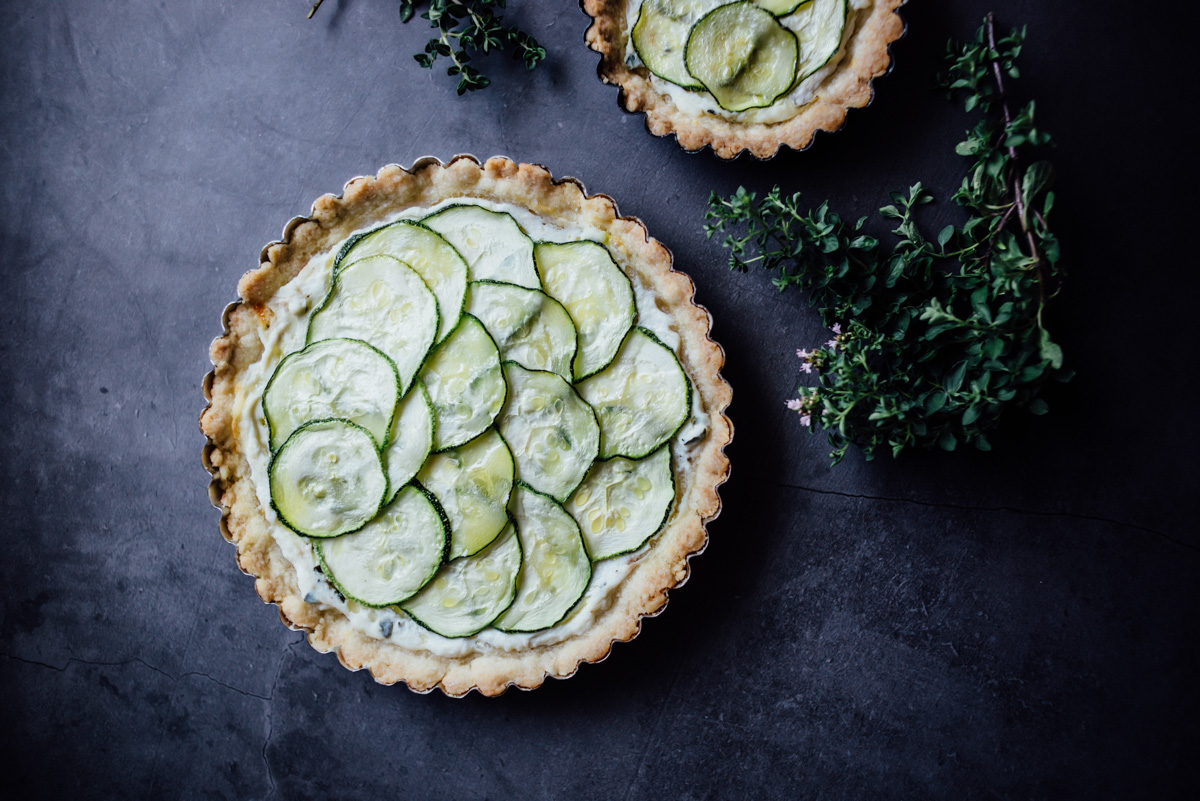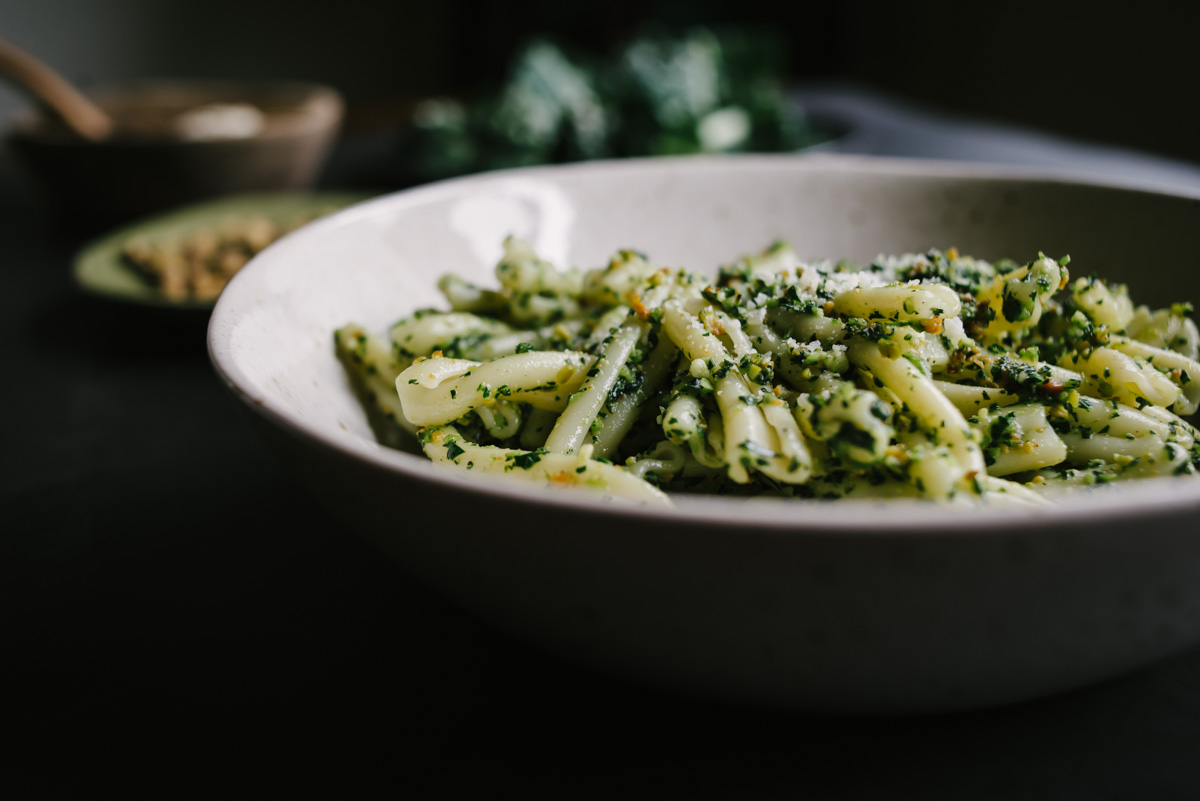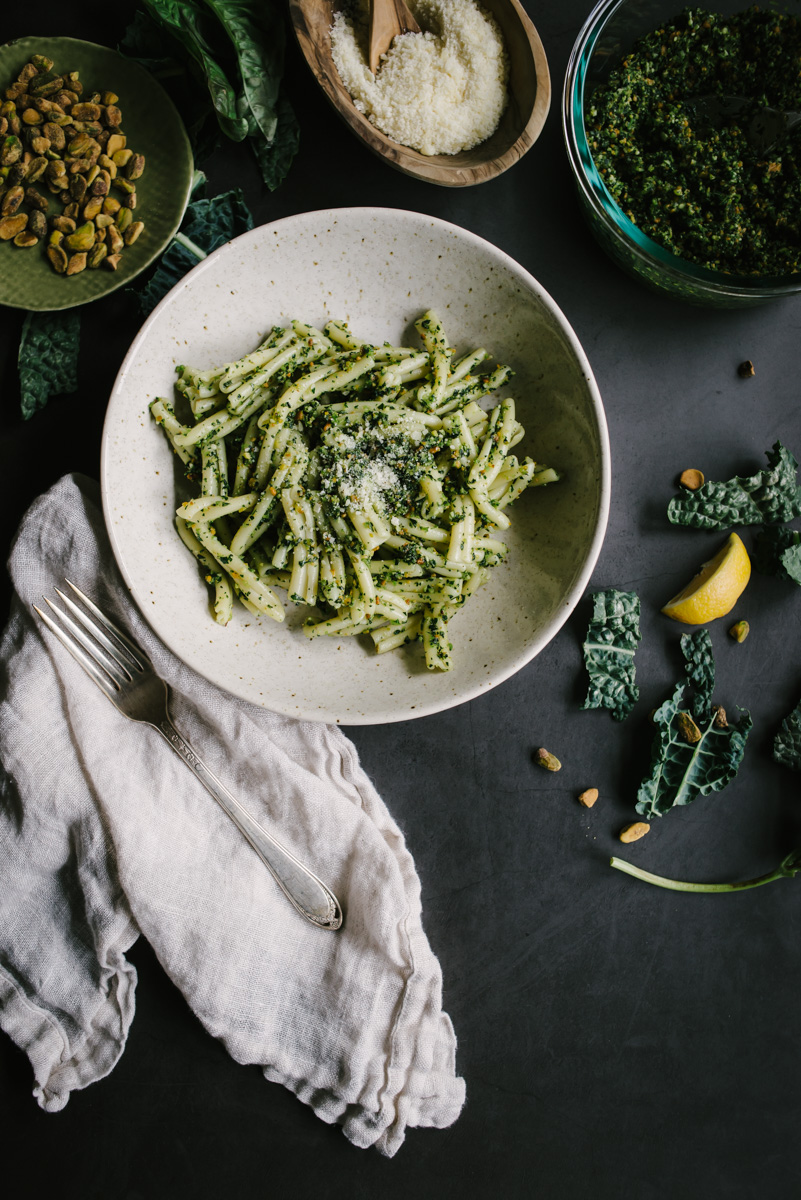Panzanella
/Hello tomatoes! Wow it’s been such a cool summer that it has taken a bit longer for them to ripen in the garden, but last week all four plants decided it was time. The yellow Taxi tomatoes along with the Sungold cherry tomatoes were the first on the scene, followed by Black Krim, and lastly the Brandywine. I’ve been wanting to make this Panzanella for a while, and since I had made a loaf of No-Knead bread a couple days prior it worked out great. Most recipes say to put the bread cubes in the oven, but I opted for the skillet which went pretty quick and ya know, fried bread? So good. You could serve this as a side dish or appetizer, or it makes a great vegetarian meal when you want something light.
And speaking of serving, I received sample dishes from Carthage.co Stoneware which you see here and they are just beautiful! The large white plate is the Dadasi Dinner plate in chalk and the dark bowl is the Zaghwan Soup Bowl in Old Silver. I think they both look great but especially love the Zaghwan bowl with these bright colored tomatoes. And the prices are quite reasonable for high-end ceramic dishes. You can read more about these hand-crafted ceramics here. They have a nice weight to them and they’re a pleasure to photograph. I’ll be back with more tomato and/or zucchini dishes this month. Until then I recommend this Panzanella, enjoy!
Panzanella
3 cups baguette or rustic bread, preferably stale, cut into 1-inch cubes
6 tablespoons extra-virgin olive oil, more to taste
3/4 teaspoon kosher sea salt, more to taste
2 pounds very ripe tomatoes, preferably a mix of varieties and colors
6 ounces small fresh mozzarella balls (or shredded chunks of fresh mozzarella)
1/2 cup torn basil leaves
Salt and pepper to taste
1/2 teaspoon Dijon mustard
2 tablespoons Champagne vinegar (or white balsamic vinegar)
1/4 cup Olive Oil
Salt and Pepper
In a large bowl mix together the bread cubes with olive oil and salt. Add a bit of olive oil to a large cast iron skillet and heat on medium, when warm place the cubes in a single layer, tossing as needed until crisp on all sides. When done place the bread cubes on a plate and allow to cool a bit.
To make the dressing, in a small bowl whisk together the Dijon and vinegar, then whisk in the olive oil.
Cut the tomatoes into chunks and then add them to a large bowl, add the mozzarella, bread cubes and the basil leaves (but leave a few to top the dish), add some salt and pepper and stir gently. Let sit for at least 30 minutes. Top with remaining basil leaves. Serve at room temp.



































































